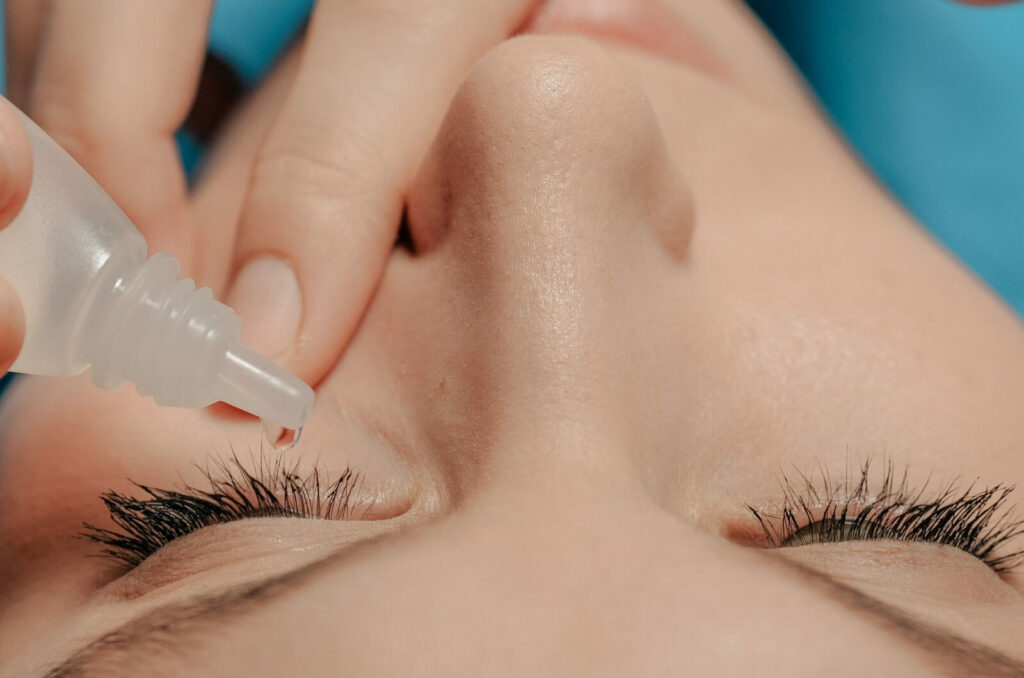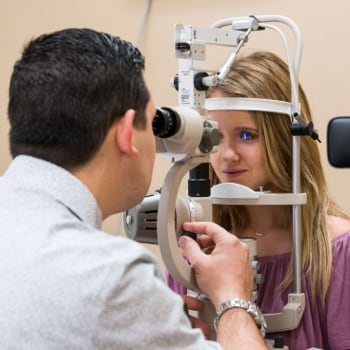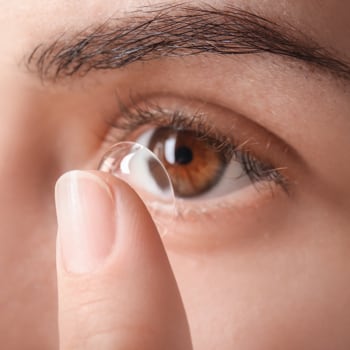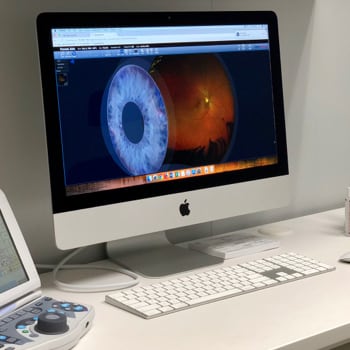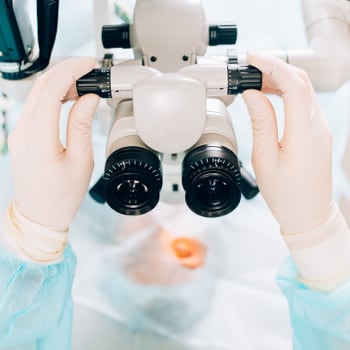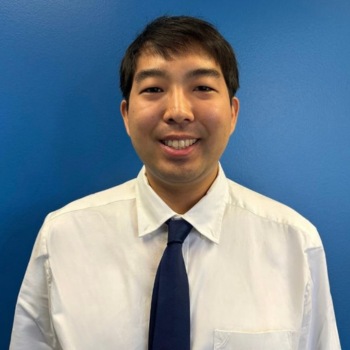Dry eye syndrome does, in fact, sometimes result in headaches. When your eyes can’t produce adequate tears or are exposed to irritants, they may strain to see clearly. This extra work can contribute to headaches, affecting focus, productivity, and general well-being.
If you experience such symptoms, you’re not alone. Many people experience headaches along with dry eye. This can often make it harder to manage your day-to-day activities. Fortunately, understanding why dry eyes and headaches are linked can empower you to take proactive steps to manage your dry eye syndrome.
The Effects of Dry Eye
Dry eye syndrome doesn’t just cause eye irritation—it has a ripple effect that impacts various areas of health and daily life. Those with chronic dry eye may even notice a heightened sensitivity to light, difficulty focusing, and blurred vision, all of which can contribute to eye strain and tension in the surrounding muscles. Over time, this strain may culminate in persistent headaches.
Symptoms of dry eye include:
- Redness: Eyes may appear bloodshot or inflamed.
- Stinging or Burning Sensation: A common feeling of irritation in the eyes.
- Sensitivity to Light: Bright lights may cause discomfort or worsen symptoms.
- Blurred Vision: Vision may become unclear, especially after prolonged use.
- Eye Fatigue: Eyes may feel tired or strained, often leading to headaches.
- Grittiness or Foreign Body Sensation: Eyes may feel as though something is stuck in them.
- Watery Eyes: Surprisingly, dryness can trigger excessive tearing as a response to irritation.
- Difficulty with Night Vision: Low-light situations can be particularly challenging.
- Stringy Mucus: Some people notice mucus around their eyes.
If left untreated, these symptoms can affect comfort, vision, and quality of life.
What Causes Dry Eye?
Dry eye syndrome is often caused by an imbalance in tear production or issues with tear quality. Tears are essential for protecting the eyes, nourishing them, and keeping the surface smooth and clear. When tear production decreases or tears evaporate too quickly, the eyes may become dry and irritated.
Environmental Factors
One of the most common culprits of dry eye is environmental exposure. Windy or dry climates, air conditioning, and screen time contribute to faster tear evaporation, leaving the eyes dry and uncomfortable. If you spend extended hours on screens or are regularly exposed to air conditioning, you may be at a higher risk of developing dry eye.
Aging
Aging can contribute to dry eye syndrome, particularly for those over 50, as natural tear production often decreases with age. Hormonal changes, especially during menopause, can also contribute to dry eye, making it a common complaint among older adults.
Medical Conditions & Medications
Certain autoimmune diseases, like rheumatoid arthritis and lupus, are associated with dry eye. Additionally, medications such as antihistamines, antidepressants, and decongestants can reduce tear production, leading to or worsening dry eye.
Meibomian Gland Dysfunction (MGD)
The meibomian glands along the edges of the eyelids play a crucial role in preventing tears from evaporating too quickly. These glands produce oils that help maintain the stability of the tear film, which is essential for keeping the eyes moist and comfortable. When these glands are blocked or don’t function correctly, the tear film becomes unstable, leading to a faster tear evaporation rate and resulting in dry eyes.
What Treatments Are Available for Dry Eye?
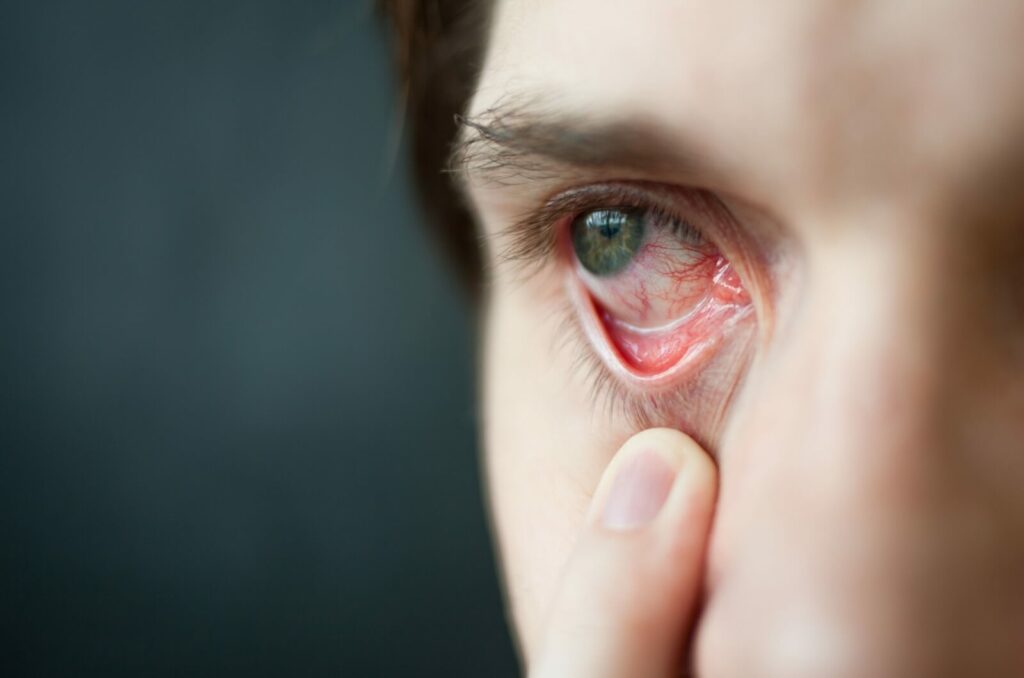
Fortunately, there are a variety of treatments for dry ere. While simple remedies like artificial tears benefit some people, others may need more advanced treatments to address chronic or severe symptoms.
Let’s have a look at some of the possible treatments.
Meibography
Meibography is a diagnostic technique that examines the meibomian glands, helping specialists detect any blockages or dysfunction. With this information, doctors can better tailor treatment options, often including warm compresses or specific lid treatments to help alleviate dry eye symptoms.
RESTASIS
RESTASIS is a prescription eye drop that helps increase tear production in patients with chronic dry eyes. Regular use over time can lead to a noticeable reduction in symptoms and a more stable tear film, which can ultimately reduce the frequency and intensity of dry eye–related headaches.
Xiidra
Xiidra is another prescription eye drop that targets inflammation associated with dry eye syndrome. Xiidra helps improve tear production and overall eye comfort by reducing inflammation, relieving those with moderate to severe symptoms.
Find Relief for Your Vision at Great Hills Eye Care
Dry eye syndrome and headaches don’t have to hold you back. At Great Hills Eye Care, we’re dedicated to helping you find relief and restore your comfort. With our comprehensive approach to dry eye care, we’ll work with you to develop a personalized plan that targets your symptoms and promotes healthy, happy eyes.
Contact us today to schedule a consultation and take the first step toward clearer, more comfortable vision.

